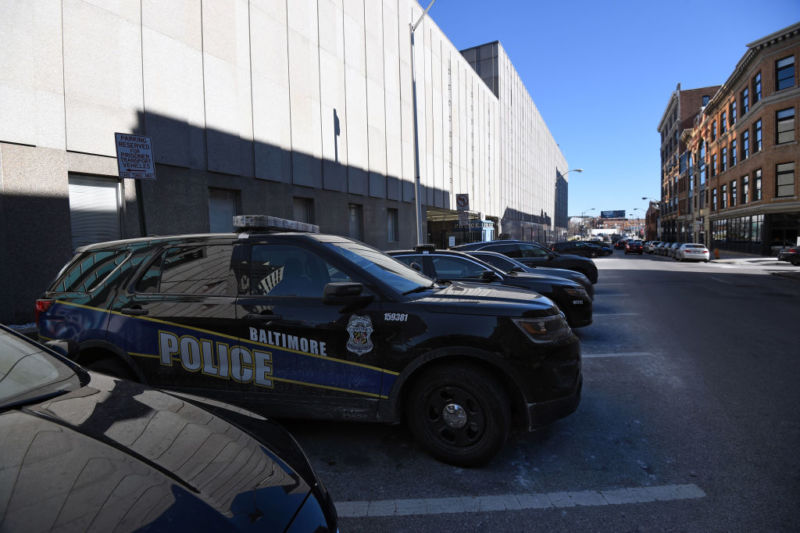Fourth Circuit Appeals Court Seems Skeptical That Baltimore’s Aerial Surveillance System Violates The Fourth Amendment
The legal fight over Baltimore’s aerial surveillance system continues. Airplanes armed with powerful cameras fly constantly over the city, allowing law enforcement to view the movements of people and vehicles over a 32-square mile area. The resolution may be high (192 million megapixels) but the area covered reduces people to (nearly) unidentifiable dots on a screen. However, these recordings can be accessed to trace movements of pixels/people as they move to and from suspected crime scenes.
The city isn’t paying a dime for these cameras and airplanes. The equipment — provided by Persistent Surveillance Systems — is paid for by a private donor. This perhaps explains why the city chose to roll it out with zero public notice back in 2016. After a brief shutdown, it has resumed, with a bit more public involvement. It may be audacious, but it hasn’t been all that successful. Reports show the program logged 700 flights but only one arrest.
The ACLU sued, claiming this persistent surveillance of nearly everyone in the city violated the Fourth Amendment. The federal court disagreed, even taking into consideration the ability of the program to engage in persistent tracking of individuals when combined with the PD’s cameras on the ground. Despite the word “persistent” being used by the company itself, the program is far from persistent, with darkness preventing recording and inclement weather occasionally grounding spy planes.
There’s an appeal underway, but as Louis Krass reports for Baltimore Brew, the ACLU doesn’t appear to have found much more sympathy one level up. The ACLU argued the untargeted surveillance system is an unreasonable search. In other words, Baltimore residents would not consider it reasonable to have their public movements surveilled for up to 12 hours a day for six months straight.
Judge J. Harvie Wilkinson disagrees.
“Whose constitutional rights is this violating?” Wilkinson, a Reagan appointee, asked.
“These are simple observations of public movements, and it’s not inside someone’s dwelling, it’s public streets, where someone’s expectancy of privacy is minimal,” he said. “We’re not talking about excessive police force, so is it the right of the pixel whose rights are being violated?”
The judge is right that the expectation of privacy is lower in public areas. But this is too reductive. A pixel isn’t just a pixel — incapable of having its rights violated. It’s a person, even if that person can’t be clearly identified using these recordings alone. The entire purpose of the aerial surveillance system is to help police identify criminal suspects. And police do this by cross-referencing this footage with surveillance equipment on the ground, which is completely capable of turning a “pixel” into a person.
But Wilkinson isn’t the only judge being asked to rule on this. Judge Roger Gregory is far more critical of the government’s arguments. The government said there were no Constitutional concerns in tracking the movements of millions of Baltimore “pixels” since the PD was only interested in the “pixels” who may have been near a crime scene. Most of the recordings collected are never used by the Baltimore PD’s analysts.
That doesn’t make it okay, says Judge Gregory.
Gregory, a Clinton appointee, countered that it is unconstitutional to gather such information in the first place.
“That would turn the Fourth Amendment on its head,” he said. “That’s like invading someone’s home with a camera and taking a photograph of you, then say, ‘It’s no problem because we never developed the film.’”
It seems unlikely the Appeals Court will be any more impressed with the ACLU’s arguments. As long as people are still rendered as pixels — and planes incapable of capturing footage 24 hours a day — there appears to be very little violation of privacy. If there’s no sympathy for the mosaic theory of the Fourth Amendment — where multiple Constitutional surveillance techniques combine to form an unconstitutional invasion of privacy — Baltimore residents will still be watched by multiple eyes in the sky.
